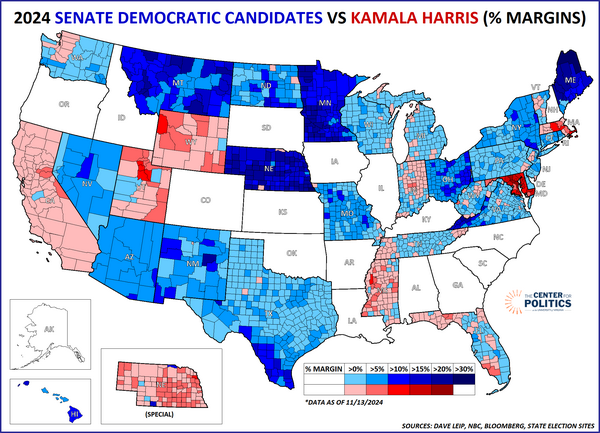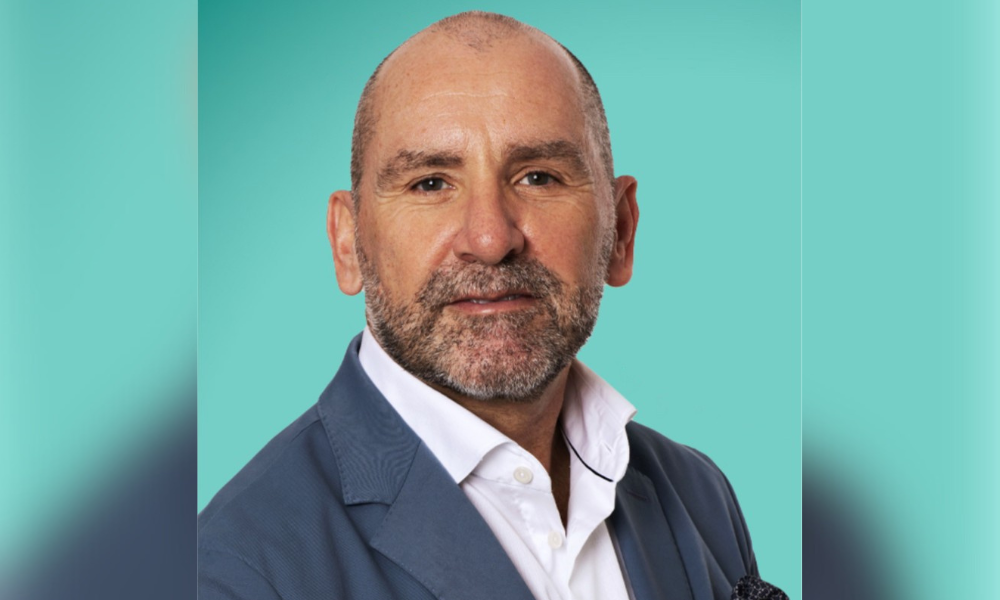Planning a funeral can be a balancing act: You want to create a memorable event that celebrates your loved one, but you might have a limited budget or a short timeline. And on top of that, it can be hard to plan anything when you’re grieving. Here are some steps to follow.
|
Best for: Ease of use. Cost: One-time fee of $159 per individual or $259 for couples. $19 annual membership fee thereafter. |
 Best for: Users who want an all-inclusive experience. Cost: $99 per year for Starter plan. $139 per year for Plus plan. $209 per year for All Access plan. |
 Best for: State-specific legal advice. Cost: $89 for Basic will plan. $99 for Comprehensive will plan. $249 for Estate Plan Bundle. |
1. Discuss arrangements with close family and friends
Generally, the executor of the deceased person’s estate is responsible for making funeral plans, and the costs are covered by the estate. But as the executor, you might still want to include close family or friends in the planning process. Consider asking for input about important details, such as:
-
Budget and the best way to prioritize spending.
-
The type of funeral arrangements (such as whether there will be a viewing).
-
The type of casket or cremation container.
-
Venue, such as services held at a house of worship, a funeral home or elsewhere.
Remember to take into account any pre-arrangements or preferences the deceased may have made.
2. Gather obituary information
While you’re discussing potential arrangements with family members, start gathering information for the published obituary. You’ll need:
-
The deceased’s birthdate.
-
Relevant details about their personal interests and life story.
-
A list of surviving relatives, e.g., spouse, children and grandchildren.
-
Funeral or memorial times and dates, if the events are open to members of the public.
Generally, a funeral director can help with writing and submitting the obituary to the local paper and online.
Try to notify close friends and family members of the death and funeral services before making a more public announcement in an obituary.
3. Gather quotes from providers
Take the time to speak to different funeral homes and cremation services and get multiple quotes to find the best provider, package and price.
Because of the Federal Trade Commission’s (FTC) funeral rule, any funeral director you contact about pricing is legally required to provide you with price quotes over the phone and a printed, detailed list of prices when you visit in person. Many providers also post prices online.
Funeral homes also generally offer cremation services as an option, and many crematories offer funeral planning services. In both cases, you’ll get a list of options and how much they cost, and you can choose which ones you want to purchase.
In most states, people aren’t legally required to use a funeral home to plan and conduct a funeral. But because you still have to comply with laws relating to reporting a death and completing a death certificate, it’s generally easier to use professional services — at least for some things — rather than trying to do it all yourself.
4. Select a casket or cremation container
Your funeral provider can offer to sell you a casket or cremation container, but you also have the right to shop elsewhere.
When shopping for a casket or cremation container, you’re still protected by the FTC’s funeral rule
. If you’ve chosen burial in a casket but don’t end up purchasing one through your funeral provider, the provider can’t refuse or charge a fee for handling a casket that you purchased elsewhere.
5. Choose the location of the interment
Next, you’ll have to decide on the deceased person’s final resting place. Some questions to consider:
-
Do you have a family cemetery plot?
-
Will your loved one’s remains be interred in a burial vault or mausoleum?
-
Does the cemetery meet your spiritual and religious requirements?
-
Is the deceased entitled to a free burial in a national cemetery?
These are all questions your funeral provider can work through with you based on your preferences and budget.
🤓Nerdy Tip
The FTC’s funeral rule doesn’t cover cemeteries and mausoleums unless they sell both funeral goods and services. This means you might not receive the same price transparency when buying a burial plot as you would when paying for funeral services.
6. Decide who will participate, and share event details
If you have family members or friends you want to be involved in the service — by reading a eulogy, for example — share the details of your plans and ask them to participate.
Finally, invite friends, family and community members to the funeral or memorial service. If you’re planning a large service, consider sharing information about the funeral with the deceased person’s religious organization, school or workplace.
How long does it take to plan a funeral?
It generally takes a few days to a week to plan and hold funeral services after losing a loved one. This includes all the time it takes to submit paperwork, find a funeral provider, plan the service, and gather family and friends.
While burial and viewing generally need to be done quickly — often within a week — before the body decomposes, there’s no rule that a funeral or memorial service needs to be done within the same short time frame. You might have a small ceremony for the burial and a larger service months later, for example. And if you’re choosing cremation services and not doing a viewing, you might have to wait a week or longer before receiving the ashes, which could postpone memorial plans.
What is the difference between burial and cremation?
How much does a funeral cost?
How long should the funeral service be?









































